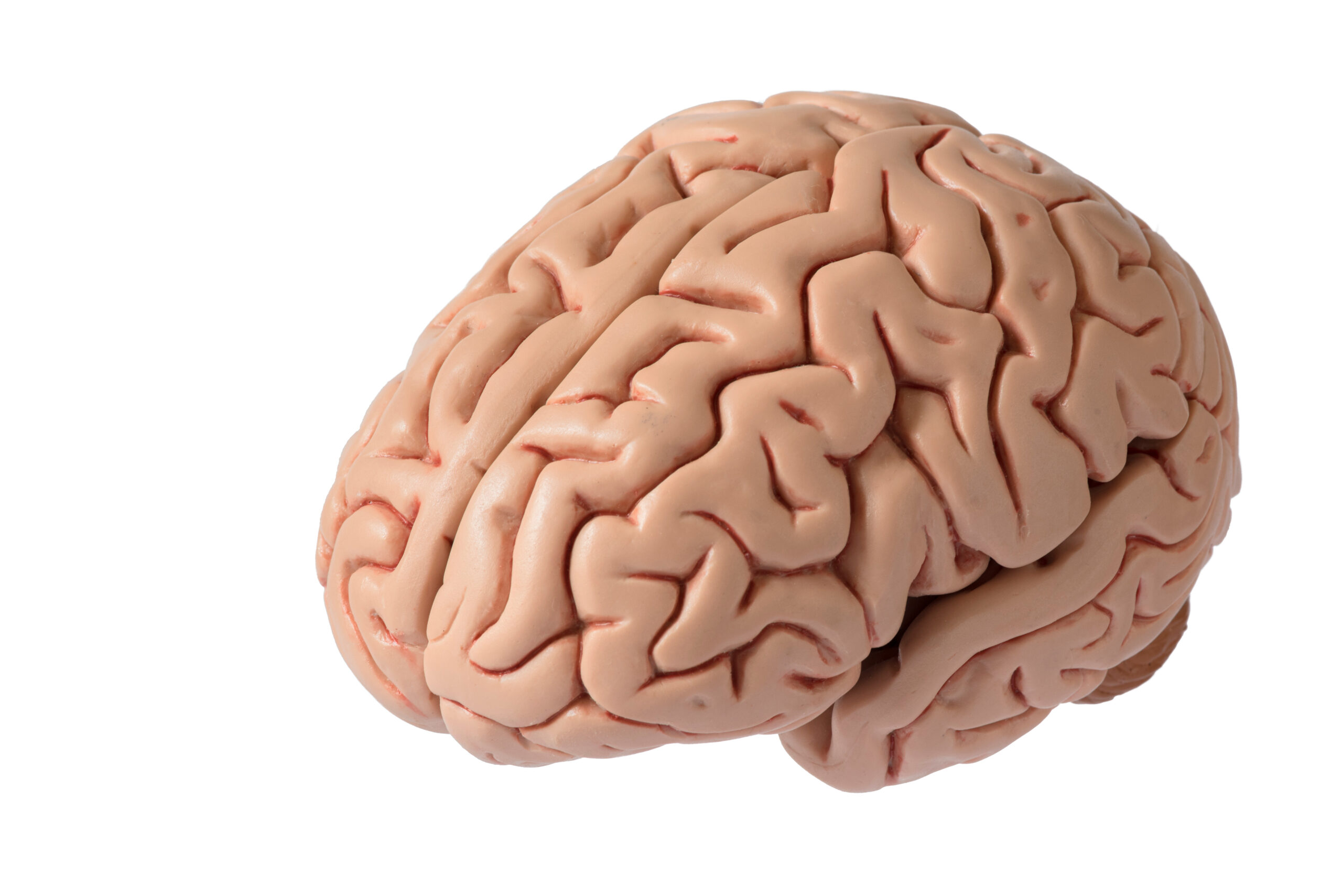How Medicaid Supports Home Modifications for Dementia Safety
Medicaid plays a crucial role in helping people with dementia live safely and comfortably at home by supporting important home modifications. These changes make the living environment safer and more accessible, which is essential for individuals dealing with memory loss and other challenges related to dementia.
**What Kind of Home Modifications Does Medicaid Support?**
Medicaid can cover various modifications that improve safety and accessibility. Common examples include installing handrails, wheelchair ramps, stair lifts, grab bars in bathrooms, walk-in showers with non-slip surfaces, better lighting in hallways or rooms, and widening doorways to accommodate mobility aids[1][5]. These adjustments help reduce the risk of falls or injuries and make daily activities easier for someone living with dementia.
**How Does Medicaid Provide This Support?**
Many states offer Medicaid benefits through programs like Home- and Community-Based Services (HCBS) Waivers or ABD (Aged, Blind, Disabled) Medicaid. These programs allow beneficiaries to receive care at home instead of moving into nursing homes or assisted living facilities[1]. Alongside covering medical visits and medications, these benefits often include funding for personal care assistance as well as home safety improvements.
Importantly, some Medicaid programs let families choose who provides personal care—sometimes even paying family members who are already helping out[1]. This flexibility helps keep people comfortable in familiar surroundings while getting the support they need.
**Why Are Home Modifications Important for Dementia Safety?**
Dementia affects memory, judgment, coordination—and sometimes behavior—which can increase risks around the house. For example:
– People may forget where things are or how to use appliances safely.
– They might have trouble navigating stairs or slippery floors.
– Poor lighting can cause confusion or accidents.
By making thoughtful changes like adding grab bars near toilets and showers or installing ramps instead of stairs, caregivers create an environment that reduces hazards[5]. This not only protects those with dementia but also eases stress on family members providing care.
**Planning Ahead Makes a Difference**
Assessing a home’s readiness is an important first step. Families should look at entryways for wheelchair access; check if bathrooms have safe features; ensure good lighting; and arrange storage so essentials are easy to reach without bending too much[5].
Since these modifications can be costly upfront expenses exist but financial help from Medicaid waivers is available depending on state rules. Other resources such as grants from nonprofits may also assist families managing costs[4][5].
In summary:
– Medicaid supports vital home modifications that enhance safety for people living with dementia.
– Programs vary by state but generally cover equipment like handrails and ramps plus personal care services.
– Making homes safer helps individuals stay independent longer while reducing injury risks.
Families facing dementia-related challenges should explore their state’s specific Medicaid options early on to plan effective home adaptations tailored to their loved one’s needs[1][4].
This support makes it possible for many people affected by dementia to remain comfortably at home rather than moving prematurely into institutional settings—improving quality of life during difficult times.





